Search engine optimization is constantly changing.
It seems like yesterday that keyword stuffing was a viable SEO strategy to rank on Google.
As Google performs more algorithm updates to keep up with user behavior, we’ll start to see major shifts in how we do SEO.
What’s the norm or commonplace now might become the next keyword-stuffing tactic in a few years.
Google makes anywhere between 500 and 600 algorithm updates each year.
Sometimes, it can be hard to determine which updates will actually influence our SEO efforts and directly impact rankings.
In 2017, Google made tons of updates to their algorithm.
And a few of them were major, high-impact updates that had big effects on existing sites on Google.
Some sites saw huge drops in traffic and rankings.
In this post, I’m going to give you a brief history of the most important updates from 2017 that Google made and show you how these algorithms can prepare you for SEO in the coming year.
Let’s do this.
A history of updates in 2017
In 2017, there were a few major updates that can shed light on how the SEO industry will change in 2018.
In this section, I’ll lay out the biggest updates of 2017 in detail and what they mean.
On February 1st, Google released an unnamed (yet major) update. According to Search Engine Land, there was a heavy period of algorithm fluctuations from February 1st to the 6th.
Evidence from SEL shows that this update contained anywhere from one to two major changes.
SEL noticed that the black hat SEO community was complaining and taking notice that their tactics weren’t working as well.
Many have speculated that Google implemented the update to better discredit spammy links or links with relatively low authority.
Another update quickly followed this on February 7th that was dramatically larger in scale.
G-Squared Interactive reported on the 2017 Google algorithm update where they saw the visibility of some websites impacted in a positive way:
While some sites saw a positive impact, others experienced negative results from the update:
When Google implements an update of this magnitude, you can usually see shockwaves of the impact through keyword rankings.
For example, you could see a keyword jump five to ten spots in just a day.
G-Squared Interactive found that the update impacted tons of their keywords:
Some of those keyword rankings have massive jumps, moving more than 40 positions almost instantly.
So, what happened here?
Essentially, Google’s algorithm started sweeping sites that weren’t as high-quality as they initially thought.
Therefore, Google gave these sites lower rankings.
GSQi noted that Google began to demote sites with low-quality user engagement.
For example, sites with broken menus and poor user interfaces or sites that have deceptive ad placements and excessive monetization options.
This makes for a terrible user experience in exchange for better and easier ad promotion on sites.
But Google doesn’t like that at all. Google wants to provide the best search engine experience on the web.
That means that these tactics won’t fly anymore.
Similarly to the user experience, the update impacted low-quality, thin content.
Thin content is generally content that is short and only exists to drive traffic.
The goal is to direct that traffic to other parts of a site. Thus, the content is only a tool, not a step in furthering the user experience.
Another major part of the update included impacts based on the mobile usability of sites.
If your site isn’t perfectly optimized for mobile right now, your rankings are going to suffer.
If your mobile experience is subpar, you’re losing out on traffic and rankings.
This update was major.
But it wasn’t the only major update in 2017 that forecasted big changes for the way we conduct SEO strategies.
On March 8th, Google released an update that we now refer to as “Fred.”
The Fred update was Google’s latest confirmed update that targets websites violating their webmaster guidelines.
Specifically, websites that are low-quality blog-style sites focusing on generating ad revenue.
Search Engine Land said:
“If you show ads, make sure the pages they are found on are high-quality and offer relevant, ample information.”
Essentially, Google again addressed sites with thin content as well as those trying to game the system via affiliate-based pages.
If your content only contains affiliate links and the goal clearly isn’t to help users, Google is going to penalize you.
Some of these ad-heavy, low-quality sites saw massive drops in organic traffic on Google:
These major 2017 Google updates have caused a big stir in the SEO community.
Keeping up with changing user behavior is becoming harder than ever before.
Google is always trying to provide the best user experience.
And that means that it’s becoming harder to nail down specific SEO strategies that work.
But with all these new updates flooding in, we can gain valuable insight into what 2018 has to offer.
Here’s what these algorithm updates can teach you about SEO in 2018.
The future is all-inclusive, in-depth content
Content is king. It has been for years now.
But not just any content will drive traffic and get higher rankings.
Google is cutting down on poor, thin content that isn’t driving good traffic.
According to Google’s 2017 updates, thin content took a massive hit.
GSQi had this to say:
“The sites I checked were once ranking for keywords leading to that content, but either chose to keep thin content there, or they weren’t aware of the thin content.”
Thin content simply won’t cut it anymore.
You can further see this by the impact on the rankings for Google’s rich snippets.
Google gave rich snippets a huge update to eliminate content that wasn’t solving user problems.
Google either eliminated or gave a ranking boost to rich snippets depending on the strength and relevancy of their content.
They eliminated thin, weak content, and they gave strong, full content a big boost.
This all tells us one important aspect of the future of content and SEO in 2018:
In-depth content is going to become even more important than it already is.
You’ll need content that touches on multiple topics and subtopics.
In the old days of SEO, the actual content wasn’t as important as you including things like:
- Your title tag
- Permalink keywords
- ALT text for images
- H1, H2, and H3 tags
But now, quality and authority of content are the most important factors to work on.
Backlinko recently found that content topic authority was hugely important for ranking high on Google:
The higher the topic authority, the higher the ranking.
Content that focuses on in-depth explanations of every topic and subtopic is going to rank you higher.
Here are a few of the methods that I use to write in-depth content that ranks high on Google without getting penalized.
Write longer posts.
Recently, Orbit Media surveyed over 1,000 bloggers to get insights on the latest trends in blogging and content marketing.
They found that marketers and bloggers alike are putting more and more time into writing their content:
The majority of content writers are writing from one to four hours to complete a single blog post.
The average time they spent writing in 2016 was just over three hours:
More importantly, the length of a typical blog post in 2016 was just over one thousand words.
The length of blog posts has only been increasing over the years.
This is directly in line with Google’s updates that put a heavy focus on strong content.
One of the most impactful pieces of data from the Orbit Media study was the number of bloggers reporting “strong results” from their content.
Here’s what the data found:
The longer the content length, the better the results.
Bloggers writing content over 2,000 words were finding the strongest results.
Thin content under 1,000 or 500 words reported the worst results.
Backlinko also found data that proves these self-reported “strong results:”
Content total word count has a direct correlation between the top-ranking spots for a given SERP.
If your content is lengthy, you have a better shot at ranking in the top ten spots.
SEO in 2018 is still all about content, but not just any content.
You have to write longer blog posts in 2018 that cover everything from A to Z.
Here’s one way to do that with ease:
Use LSI keywords to inform your outline.
LSI keywords, otherwise known as latent semantic indexing keywords, are necessary for SEO in 2018.
To give you an example, LSI keywords for a general topic like basketball could be anything from basketball shoes to players to shooting tips.
LSI keywords add context to your content and expand its reach beyond just the original topic.
You can cover multiple subtopics using LSI keywords, which will help give your content the necessary depth that Google is looking for in 2018.
One of my favorite ways to use LSI keywords is to generate content outlines with them.
For example, you can search for LSI keywords using the LSIGraph:
Enter your topic into the keyword generator to get started.
Let’s say you want to write a long-form, in-depth piece on content marketing.
Type that topic into the search bar:
Hit “Generate” to produce a large list of LSI keywords:
You’ll quickly notice that these subtopics within your original content search are closely related.
My favorite tactic that you can implement with ease is simply taking these LSI keywords and using them to structure your outline!
For example, each of these keywords can become a new H2 subhead for your content marketing post.
Let me show you:
You can quickly structure a content piece using these keywords.
For example:
First subhead: Content marketing examples to follow
Second subhead: Content marketing tips for success
Third subhead: How to create a content marketing plan
CTA at the end of the post: Downloadable content marketing template
Using LSI keywords, I’ve just generated an all-inclusive piece of content that even includes a lead magnet.
Google is looking for this type of “one-stop shop” content that users can access without having to read ten separate blog posts.
Repeat this process for every piece of content you write and use the LSI generator to inform your future content in 2018.
User experience is more important than ever
The user experience is everything when it comes to online content now.
It’s not only about ranking in the search results anymore. Rather, it’s about delivering a full-fledged, content-based experience.
Google’s recent 2017 updates paint a picture for the coming years, and it’s all about UX.
From mobile-focused and ad-based penalties, we can already see this trend coming to life.
Mobile sites that aren’t optimized for the experience of a user are seeing negative consequences.
And that makes sense considering the fact that mobile traffic has outpaced desktop traffic:
While most people still use multiple platforms, as in desktop and mobile, the growth is steady.
If you log in to your Google Analytics account and notice that mobile and desktop are both bringing in shares, but you haven’t prioritized mobile, that could be an issue.
In the latest updates, Google made it clear they would penalize sites that are difficult to use on mobile devices.
Make sure that your mobile site is functioning well by testing it out on Google’s Test My Site tool.
Not only does this tool give you insights on speed, but it also helps you see if anything is missing or if you can improve upon anything to create a better user experience.
Another big factor in the user experience is ad delivery. Google noted big penalties were coming in for content sites with ads above the fold.
To combat this, try integrating ads more naturally throughout your content.
But be sure not to focus your content only on those ads.
Only place ads around relevant content if you do. Creating content to fit ads is what Google is fighting back against.
Instead, they want you to add relevant ads to already-established, great content.
This ensures that you aren’t gaming the system and driving traffic for the sole sake of ad views and revenue.
Google wants a great user experience. Creating thin content that just drives visits to ads won’t fit the bill.
This will only cause your bounce rate to skyrocket (which Google will quickly take notice of). It can also lead to fast changes in your ranking.
Always be sure to optimize for the user experience first and then deliver ads second.
Conclusion
Search engine optimization changes fast.
What once was the norm for SEO no longer applies.
Tactics get outdated fast simply due to the updates that are coming more frequently.
Each year Google implements massive updates that send shockwaves across the growing SEO community.
Some of these updates have serious impacts on rankings and traffic.
And some are a great indication of where the future of SEO is heading.
Google wants to give users the best, most natural experience possible.
But that means bad news for SEOs who’ve gamed the system.
Those who have found the best ways to work around the system legally with great tactics are now taking a hit.
In 2017, Google released an update called “Fred” along with multiple unconfirmed updates.
These updates address everything from ads to affiliate links and sites with thin content.
With this update, we can start to see that the future of SEO will have a focus on all-inclusive, in-depth content.
Ad deception and creating content solely for the purpose of displaying ads won’t cut it anymore.
Content needs to be strong, not thin.
The user experience is steadily becoming one of the most important aspects of Google’s evolution.
To stay afloat with SEO in 2018, make sure that you’re optimizing for the user, not the search engine.
What are your thoughts on SEO and the implications of the 2017 updates for the coming year?

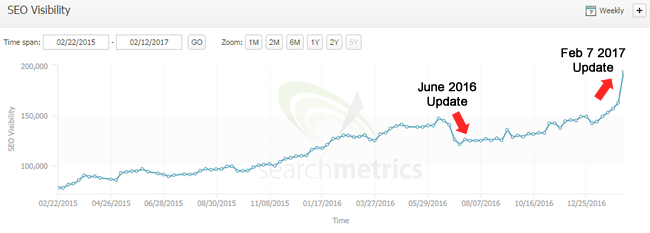
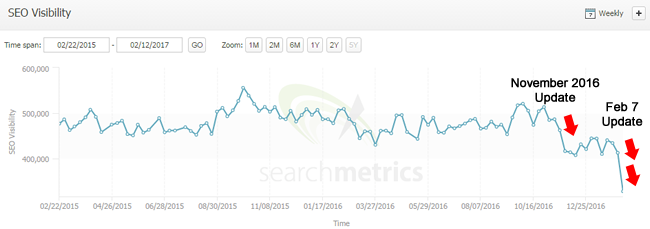
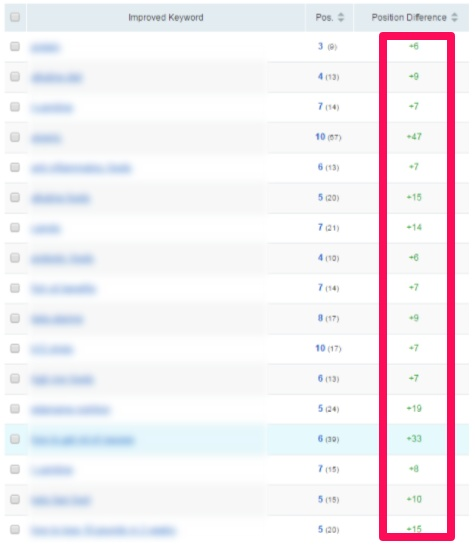


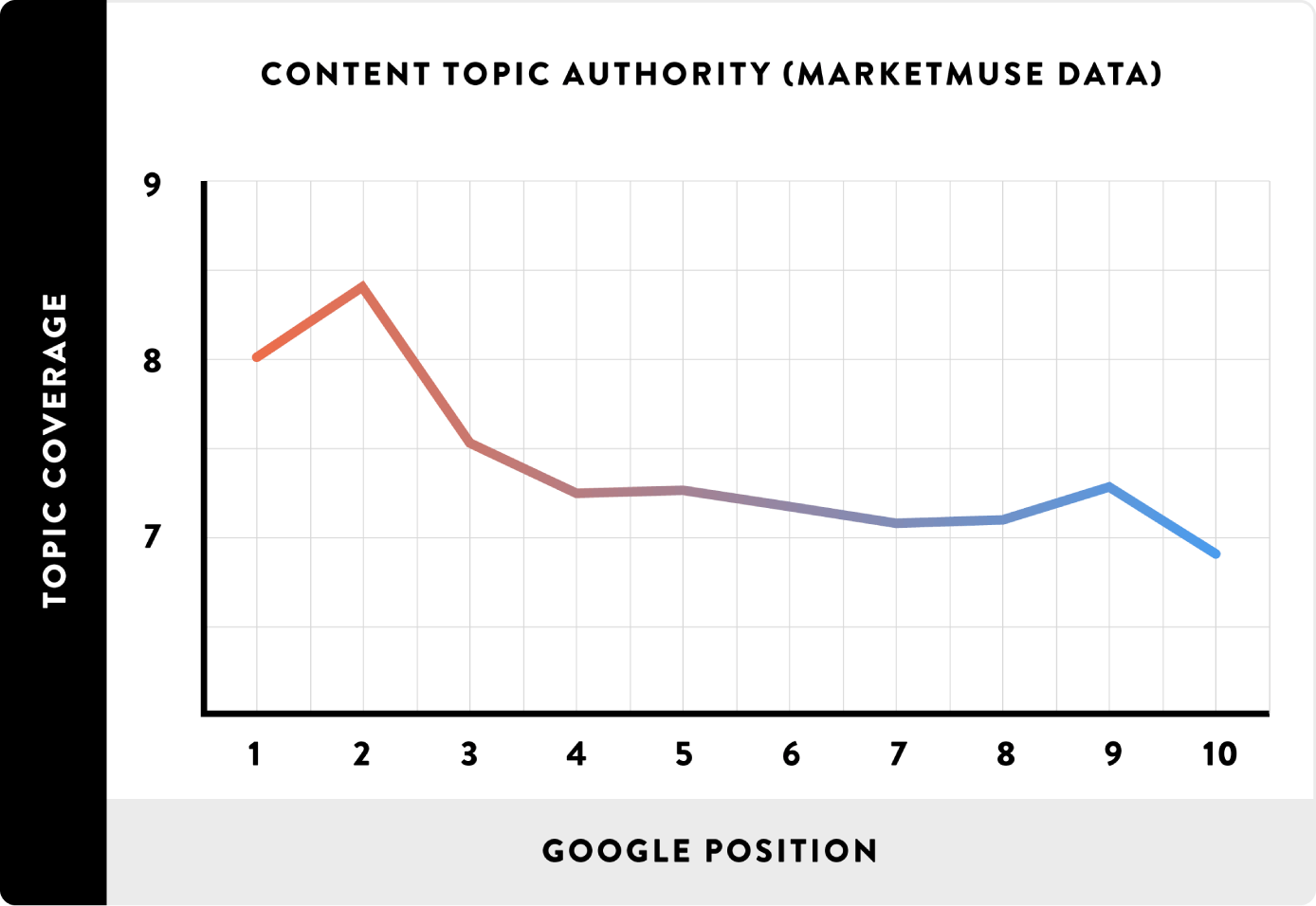
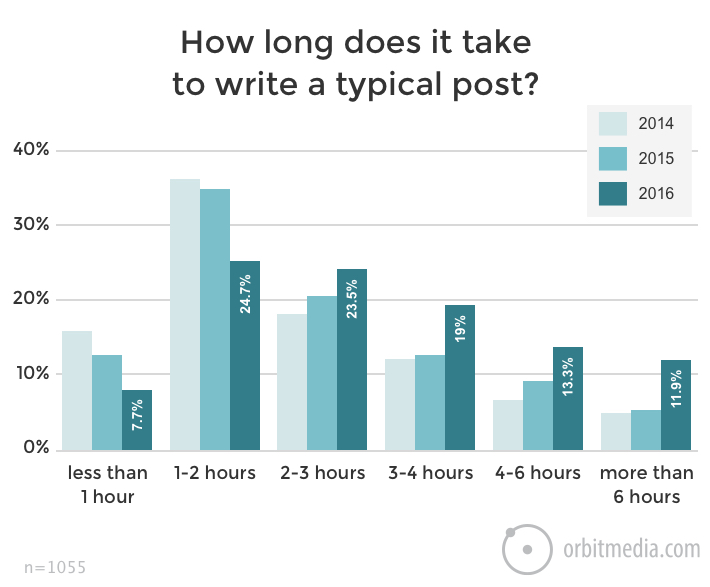
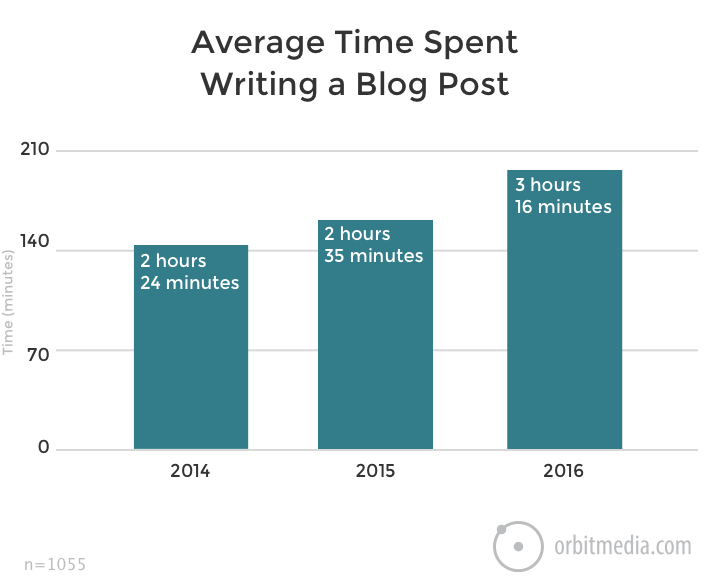

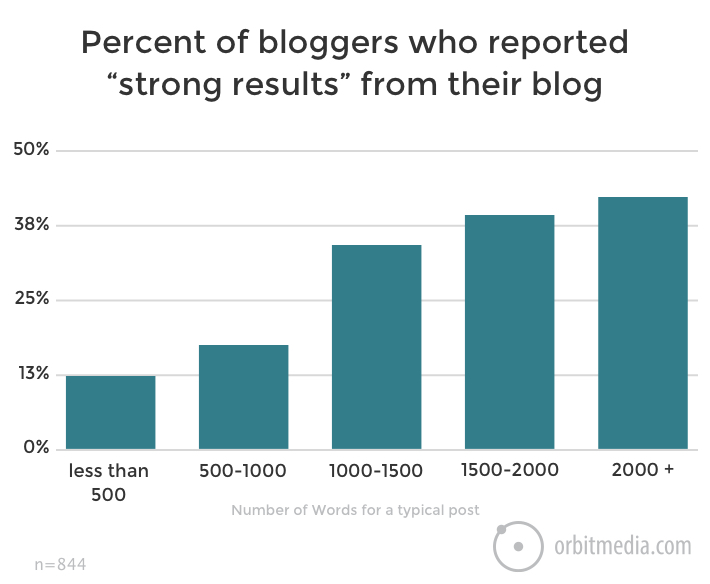

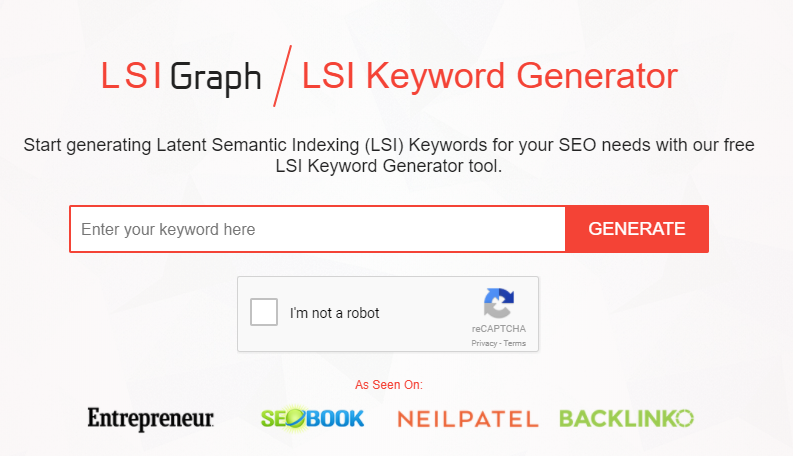


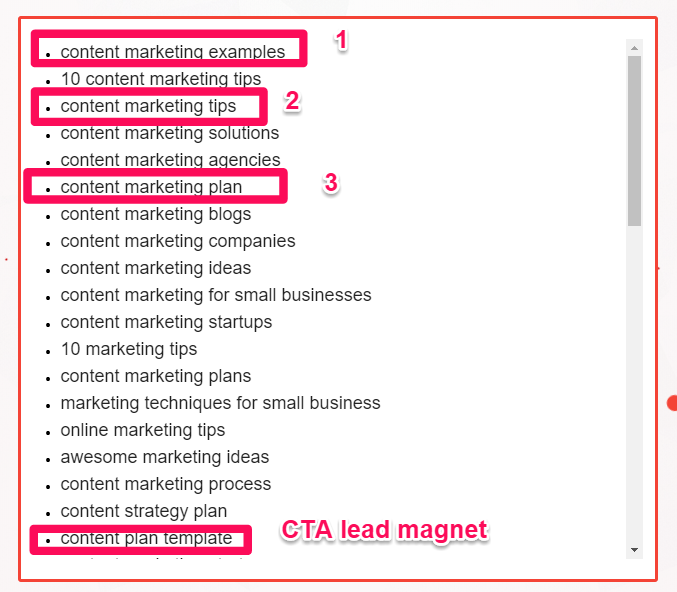
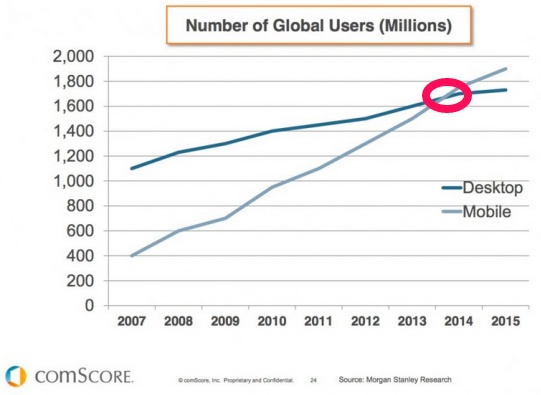
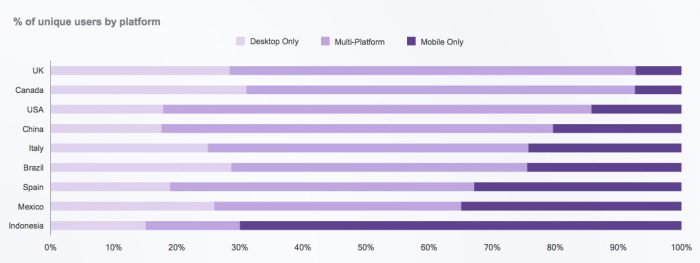
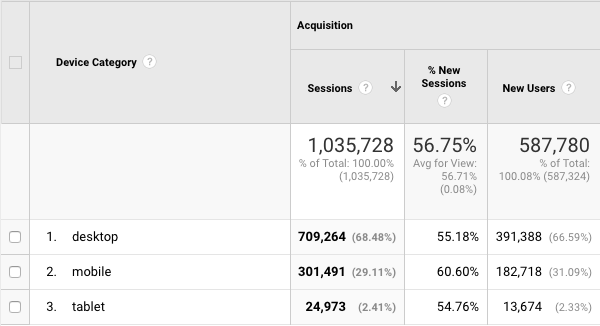
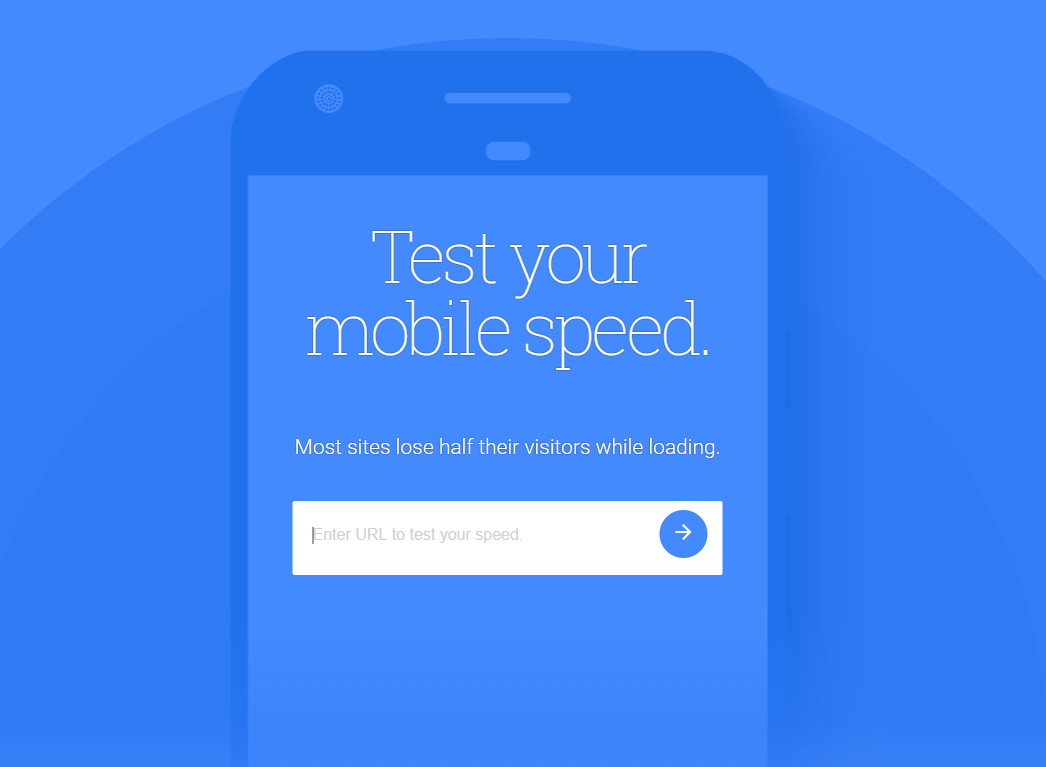
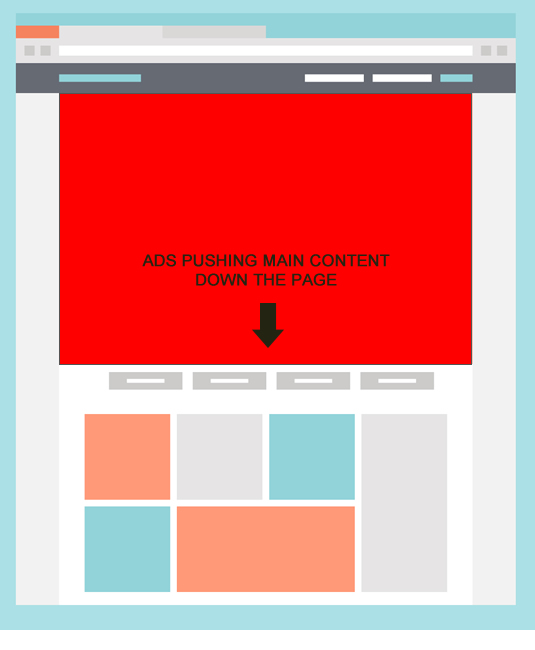
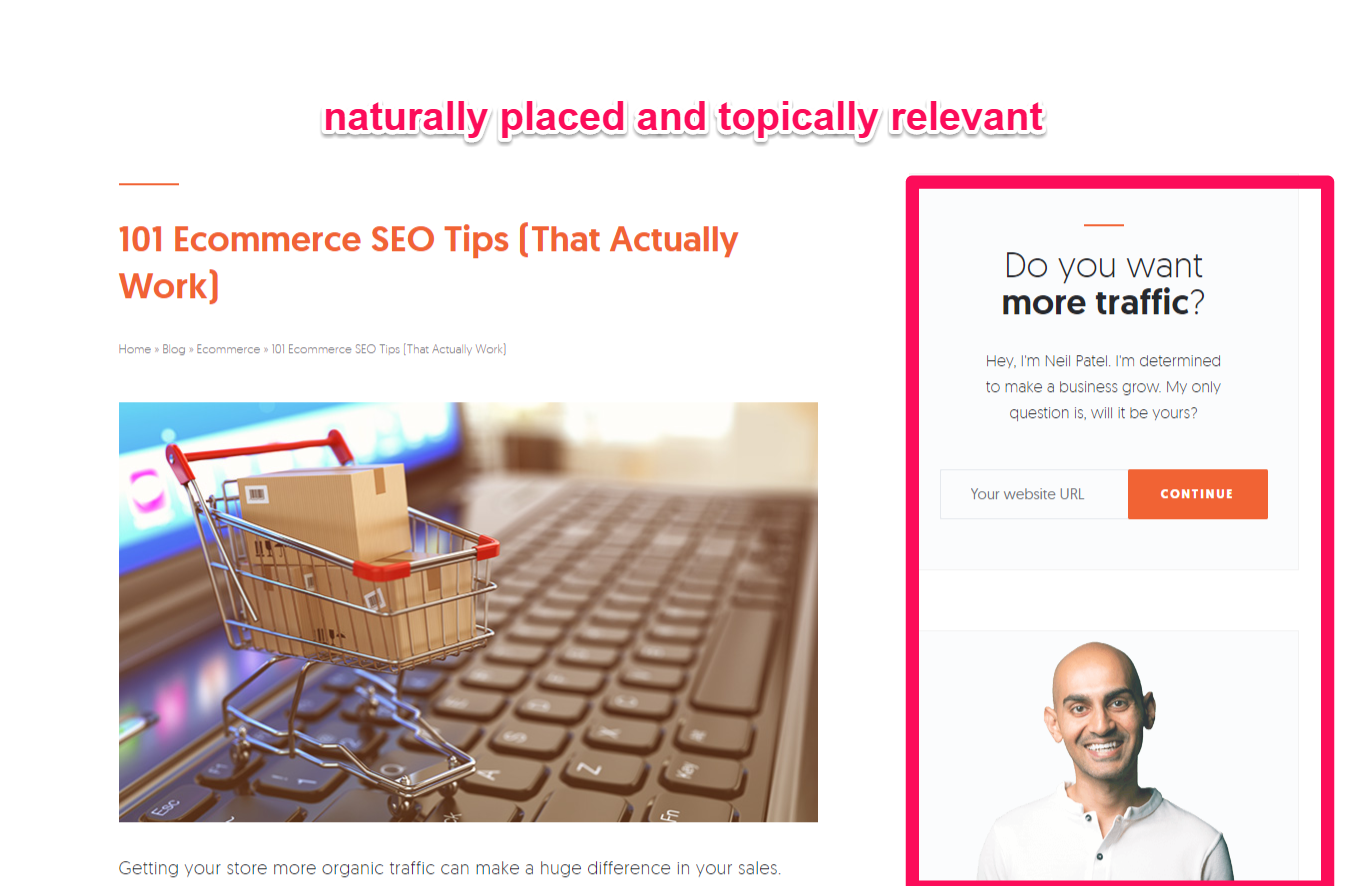
Comments (163)